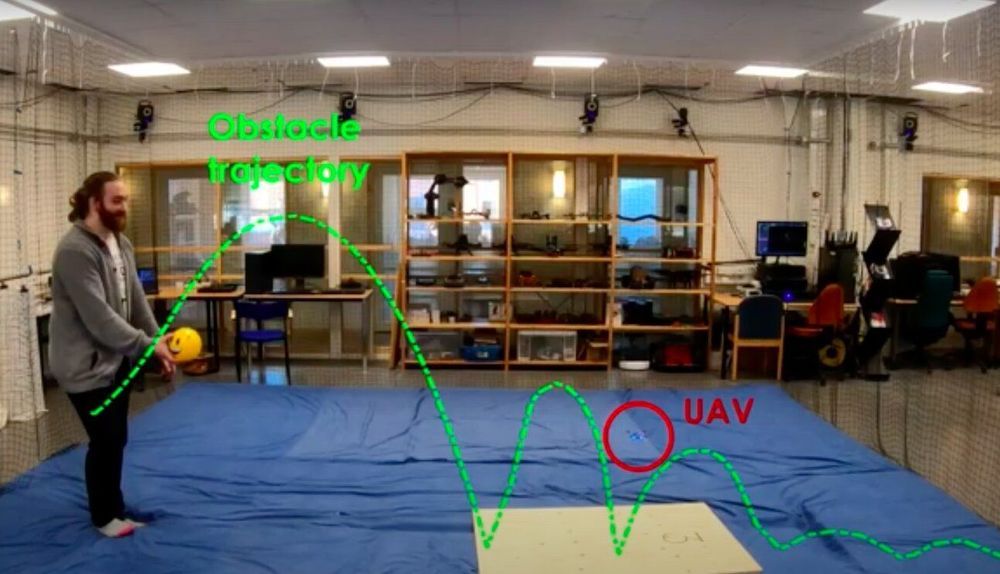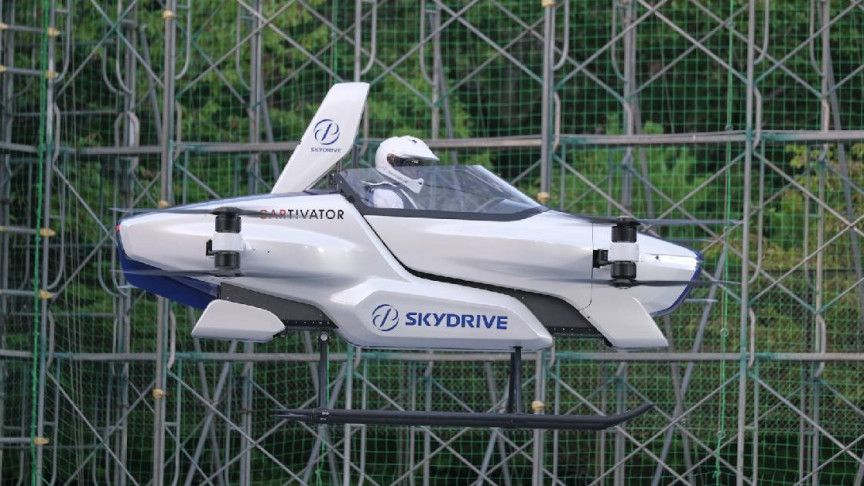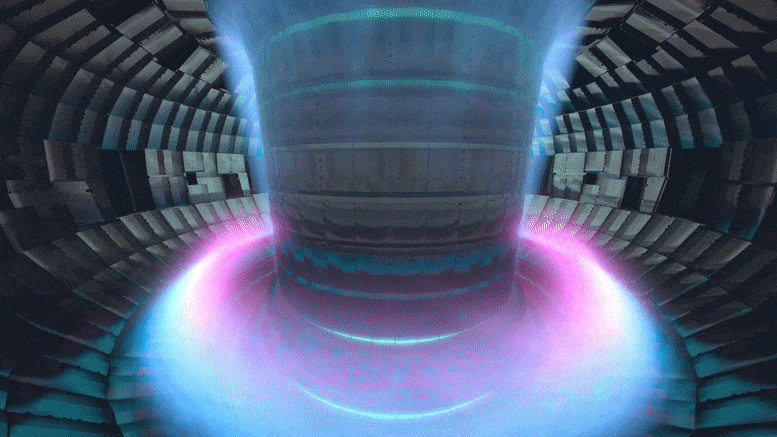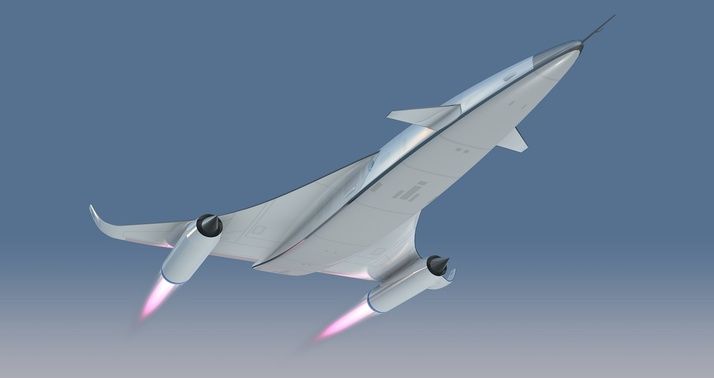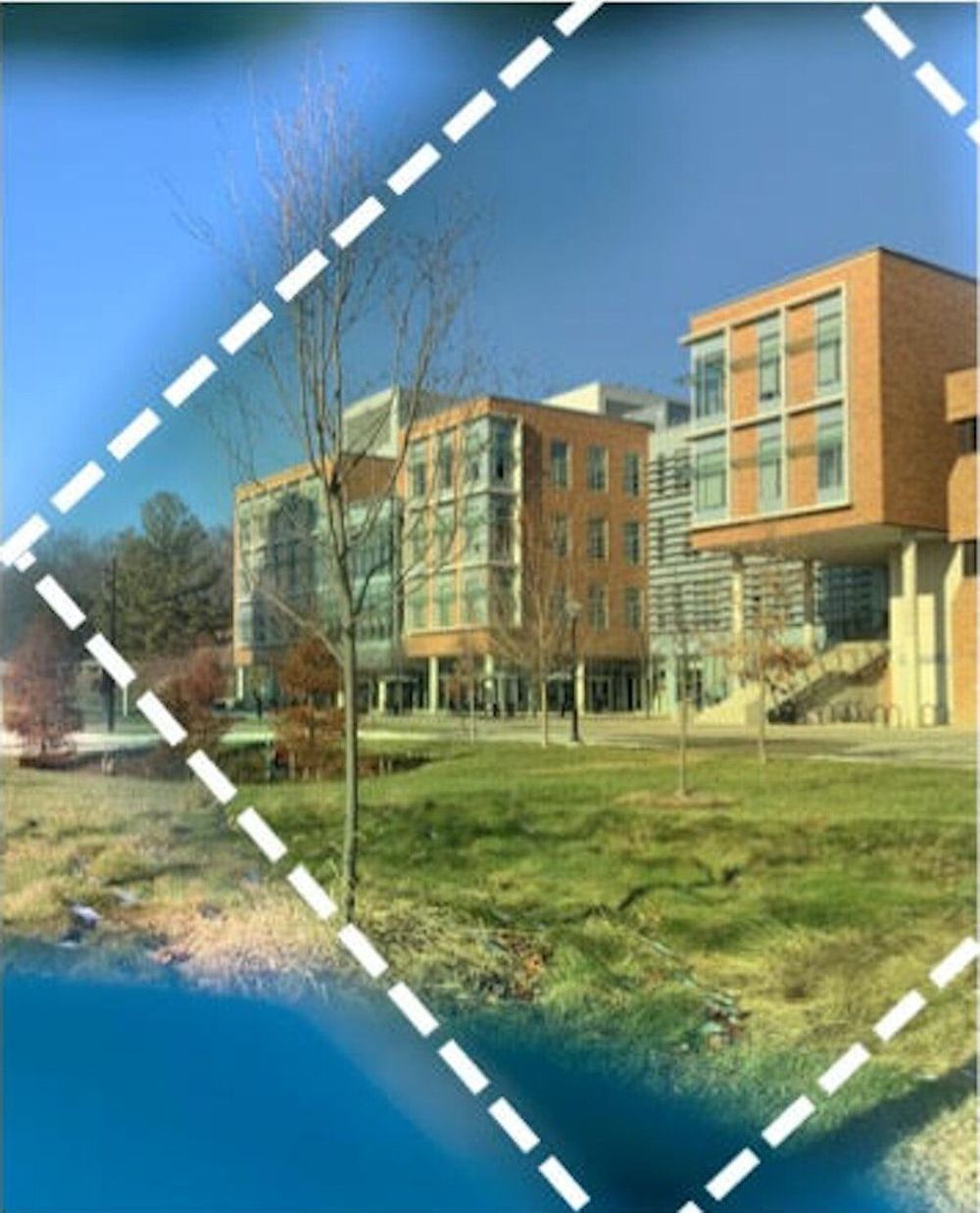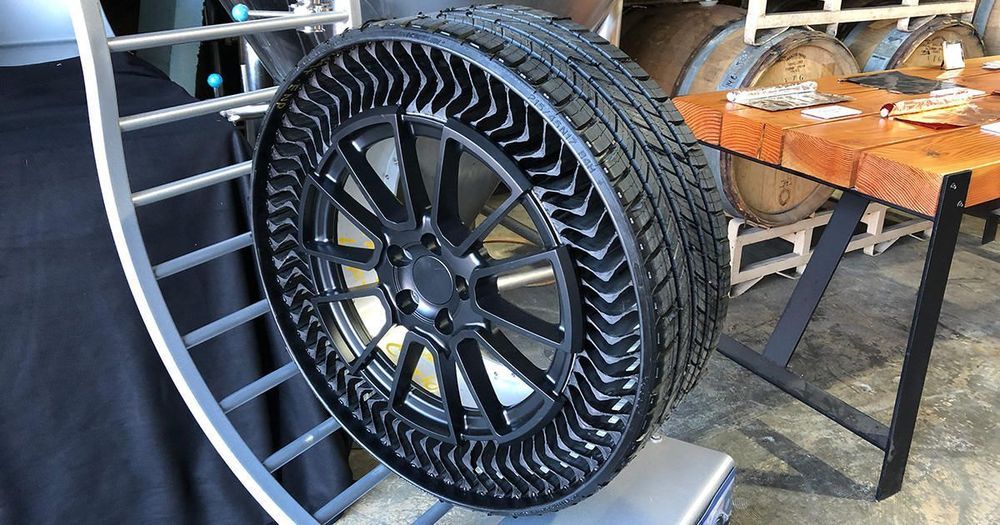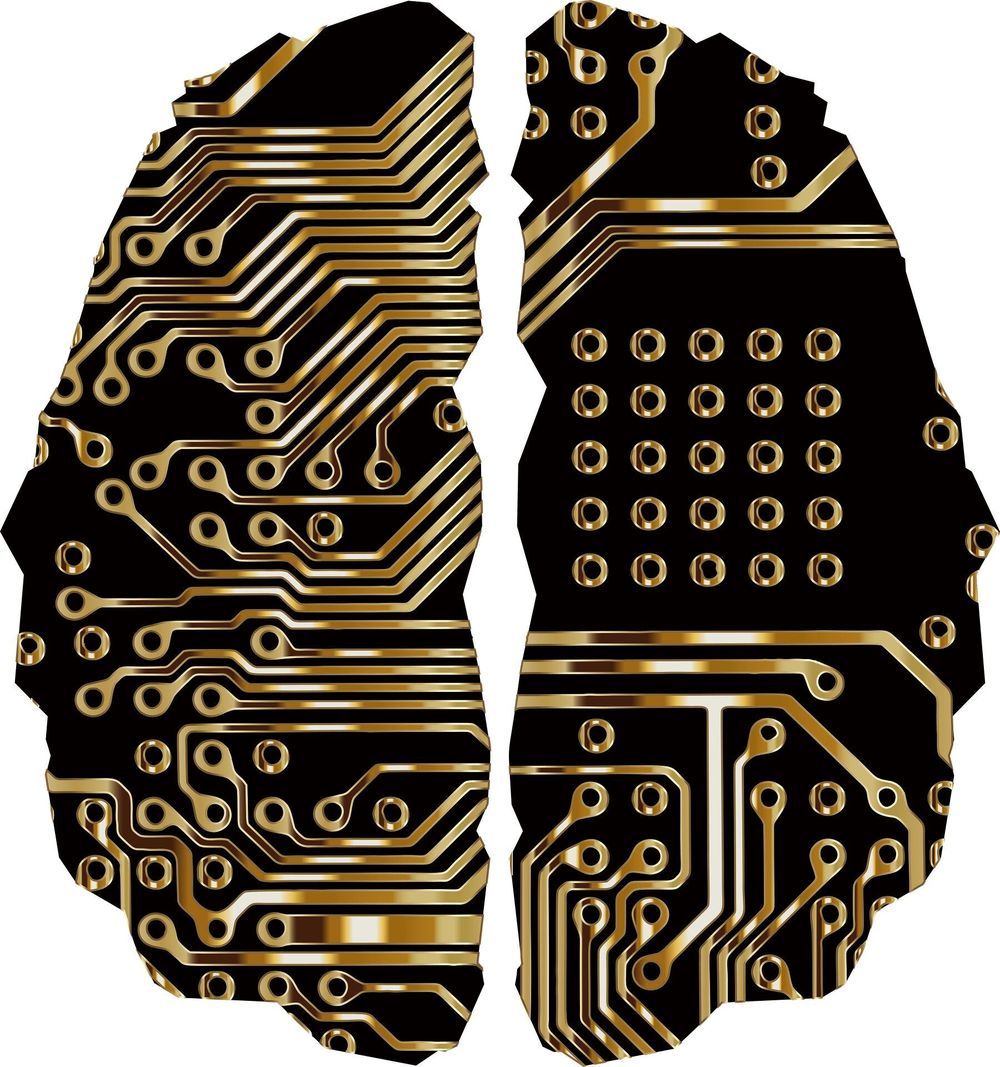Aug 30, 2020
A model for autonomous navigation and obstacle avoidance in UAVs
Posted by Genevieve Klien in categories: robotics/AI, transportation
Autonomous unmanned aerial vehicles (UAVs) have shown great potential for a wide range of applications, including automated package delivery and the monitoring of large geographical areas. To complete missions in real-world environments, however, UAVs need to be able to navigate efficiently and avoid obstacles in their surroundings.
Researchers at Luleå University of Technology in Sweden and California Institute of Technology have recently developed a nonlinear model predictive control (NMPC)-based computational technique that could provide UAVs with better navigation and obstacle avoidance capabilities. The NMPC approach they used, presented in a paper published in IEEE Robotics and Automation Letters, is based on the structure of OpEn (Optimization Engine), a parametric optimization software developed by Dr. Pantelis Sopasakis at Queen’s University Belfast.
Continue reading “A model for autonomous navigation and obstacle avoidance in UAVs” »
